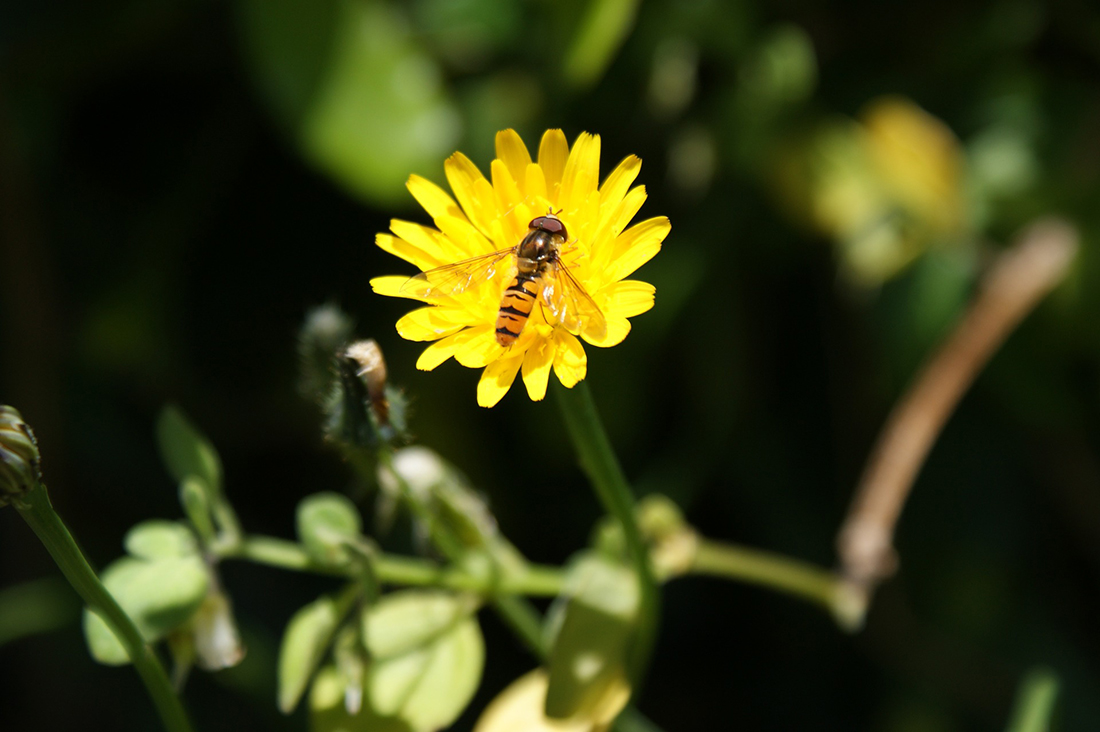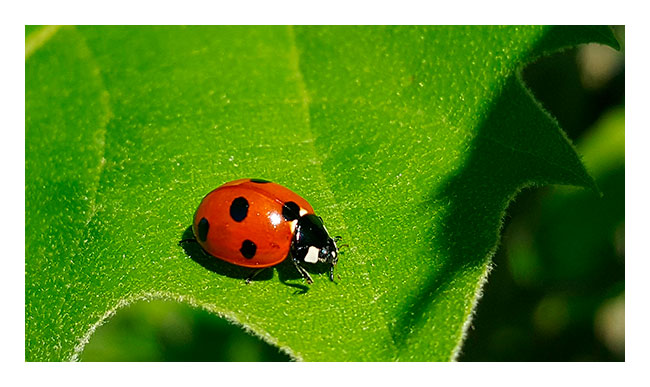Integrated Pest Management is the practice of using biological, cultural, mechanical, physical and ‘chemical’ interventions as a preventative or corrective control for plant health. Using larval and adult predatory and parasitic insects to target unwanted pests is recommended within IPM.
Encouraging Predatory Insects- Bring All The Bugs To Your Yard
If you have pests present in the garden, don’t panic! Planting a forage garden will attract a nearby predator to stop by for a snack. Providing habitat rich in nectar and pollen for beneficial insects will help keep pest populations under control.
Making a Forage Garden- (See Plant List)
Planting a mix of annual, perennial, and flowering shrubs in a diverse range of colors, shapes, sizes, heights, and growth habits will help to attract a variety of beneficial insects. Including native plant species provides reliable, low maintenance forage and habitat. Grouping the same plant in a block creates a desirable insectary, as many pollinators feed on one species at a time. Planning for a continuous succession of blooming times provides valuable nectar and pollen that will keep beneficial insects nearby year-round.
Small branches and logs placed onto garden beds will create critical protection and habitat for long-lived insects, such as ladybugs, to overwinter. At a minimum, plant a 4×4’ patch for a small garden, or for a larger farm, 5-10% of the overall cultivated land, or an insectary row every 100’ among crops to encourage a great insect ecosystem. In orchards, sow or plant forage underneath the trees, or between rows. Generally, you want to create predatory insect habitat close to the crops that need the most protection.
Provide water: Shallow pools, bird baths, and non-chlorinated fountains with good sun exposure provide an accessible drinking water source. Remember to include rocks, marbles, or water plants for insects to land on to prevent drowning.
You can also buy dormant larval or adult predators from Down To Earth that will target the problem immediately.



